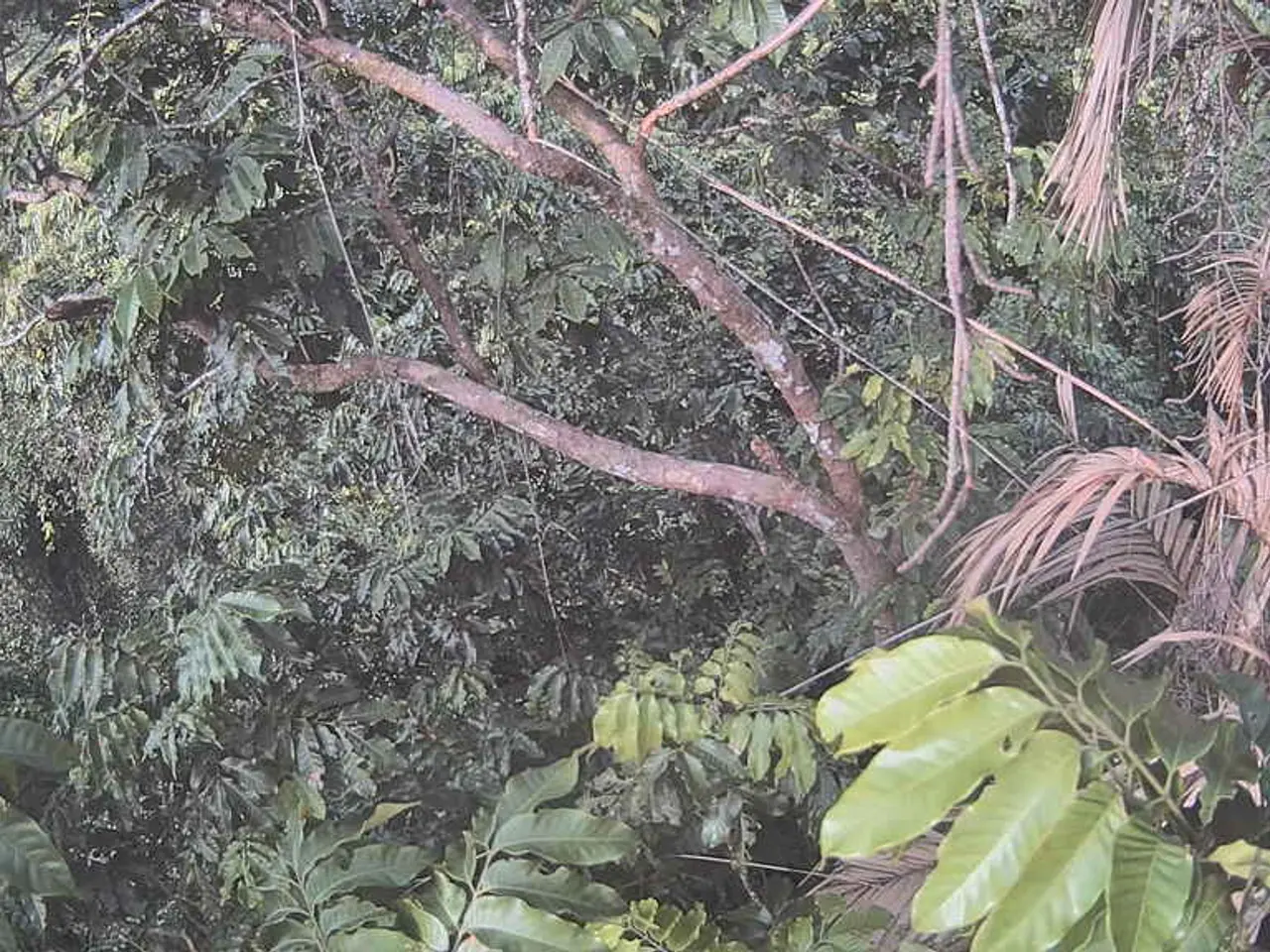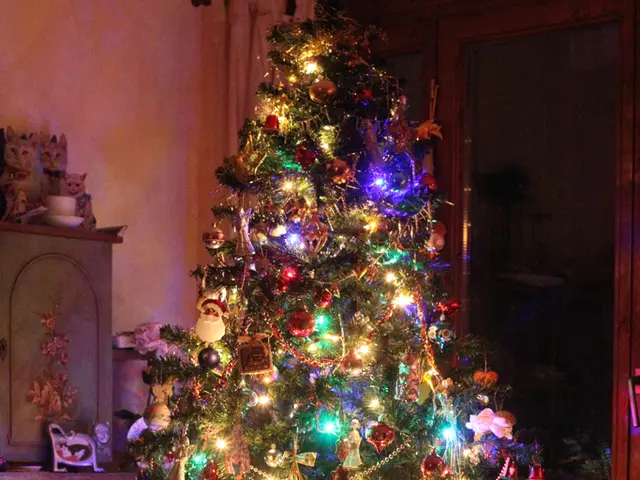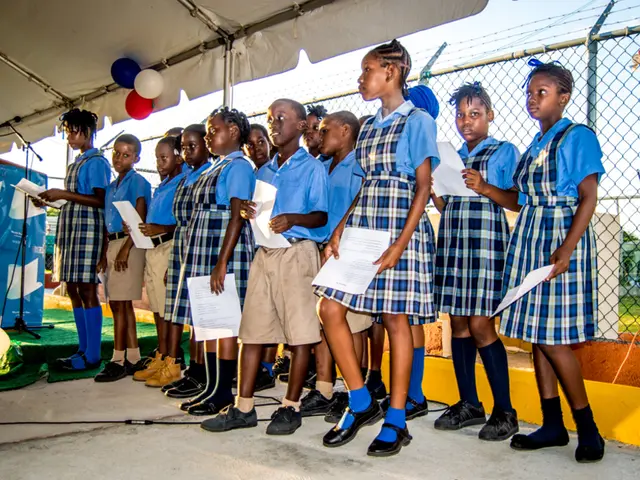Compact Palm Trees Suitable for Minuscule Landscapes and Green Spaces
Small Palms: Perfect for Home Gardens
Small palm trees have become a popular choice for home gardens, offering a tropical appeal that fits perfectly in tiny outdoor spaces. When choosing a small or dwarf palm, consider the suitability of the site, including climate and hardiness zone, as well as other relevant factors such as the duration of winter, maximum temperature in the daytime, sun exposure, and amount of wind the plant may face.
Key recommendations for the best small palm tree species include the Phoenix Roebelenii, also known as the Pygmy Date Palm, the European Fan Palm (Chamaerops humilis), and the Areca Palm (Dypsis lutescens).
Phoenix Roebelenii
The Phoenix Roebelenii is a compact palm, growing to 6–10 feet, making it ideal for small gardens or containers. Its feathery, arching fronds add elegance to any space. This palm thrives in warm, bright indirect light and is suitable for tropical to subtropical climates. It is slow-growing, drought-tolerant, and low maintenance, making it ideal for pots or small patios.
European Fan Palm
The European Fan Palm is a small and bushy palm, generally less than 10 feet in height. Its fan-shaped leaves provide a lush, compact look. Adapted to subtropical and Mediterranean climates, this palm is drought-tolerant and suitable for full sun. It is low-maintenance and self-cleaning, reducing the need for pruning.
Areca Palm
The Areca Palm is a popular choice, growing to 6–10 feet indoors or in pots. Its bright, feathery fronds have an elegant tropical appearance. This palm does well indoors and in warm climates, preferring filtered light. It requires moderate watering and is popular as a low-maintenance indoor or patio palm.
When considering a site for a small palm, be sure to look up as well as from side to side to avoid planting under low electrical wires.
In summary, the Phoenix Roebelenii, European Fan Palm, and Areca Palm are excellent small palm species for home gardens, combining compact size, aesthetic foliage, climate adaptability, and low maintenance. The choice depends on your local climate and whether you prefer feathery or fan-shaped leaves.




